What materials do you use to manufacture your corrugated boxes, and how do they affect the quality of the product?
Corrugated boxes are widely used for packaging and shipping products due to their strength, durability, and versatility. They are made from several layers of materials that are designed to provide different functionalities and performance characteristics. In this response, I will explain the materials used in manufacturing corrugated boxes and how they affect the quality of the final product.
The main materials used in making corrugated boxes are liner board, medium, and adhesive. Linerboard is a flat, smooth paperboard that is used as the outer and inner facing layers of the box. Medium is a fluted paper that is sandwiched between two liner boards to create the corrugated structure of the box. The adhesive is a glue that is used to bond the liner boards and medium together.
Linerboard comes in various grades, which are defined by factors such as basis weight, strength, and surface finish. Higher-grade liner boards are thicker and stronger, and they provide better printability and appearance. Lower-grade liner boards are thinner and less expensive, but they may not provide sufficient strength or appearance for certain applications. The choice of liner board grade depends on the specific needs of the product being packaged, the printing requirements, and the budget.
Medium also comes in different grades, which are determined by factors such as flute size, flute shape, and paperweight. Flute size refers to the height of the corrugated waves, while flute shape refers to the shape of the waves. There are several types of flute shapes, including A, B, C, E, and F, each with different performance characteristics. A-flute is the largest and provides the most cushioning, while F-flute is the thinnest and provides the least cushioning. The choice of medium grade depends on the weight and fragility of the product being packaged, the stacking requirements, and the shipping conditions.
Can you recommend the appropriate type of corrugated box for our specific product and industry?
Corrugated boxes are made up of three layers of paper, including an outer liner, an inner liner, and a corrugated medium in between. The corrugated medium is what provides the box with its strength and durability, making it ideal for transporting and storing products.
When selecting a corrugated box for your product, there are several factors to consider, including the type of product, the shipping method, the distance of the shipment, and any environmental factors that may impact the box during transportation.
One of the most important factors to consider when selecting a corrugated box is the weight and fragility of your product. For heavy and fragile products, you will need a box with a high bursting strength and edge crush resistance to protect the contents from damage during shipping. Bursting strength refers to the amount of weight that a box can withstand before it bursts, while edge crush resistance measures the amount of pressure that the box can withstand without crushing.
If your product is particularly fragile, you may want to consider using a double-walled corrugated box, which provides additional protection and strength. Double-walled corrugated boxes have two layers of corrugated medium sandwiched between three layers of paper, providing added strength and durability.
Another factor to consider is the shipping method and distance of your shipment. If your product is being shipped a long distance, it will be subject to a lot of vibration and movement during transportation. Therefore, you will want to select a box with good compression strength and stacking ability to ensure that it does not collapse or get damaged during shipping.
Compression strength refers to the amount of weight that a box can withstand before it collapses, while stacking ability measures the ability of the box to withstand the weight of other boxes stacked on top of it during transportation and storage.
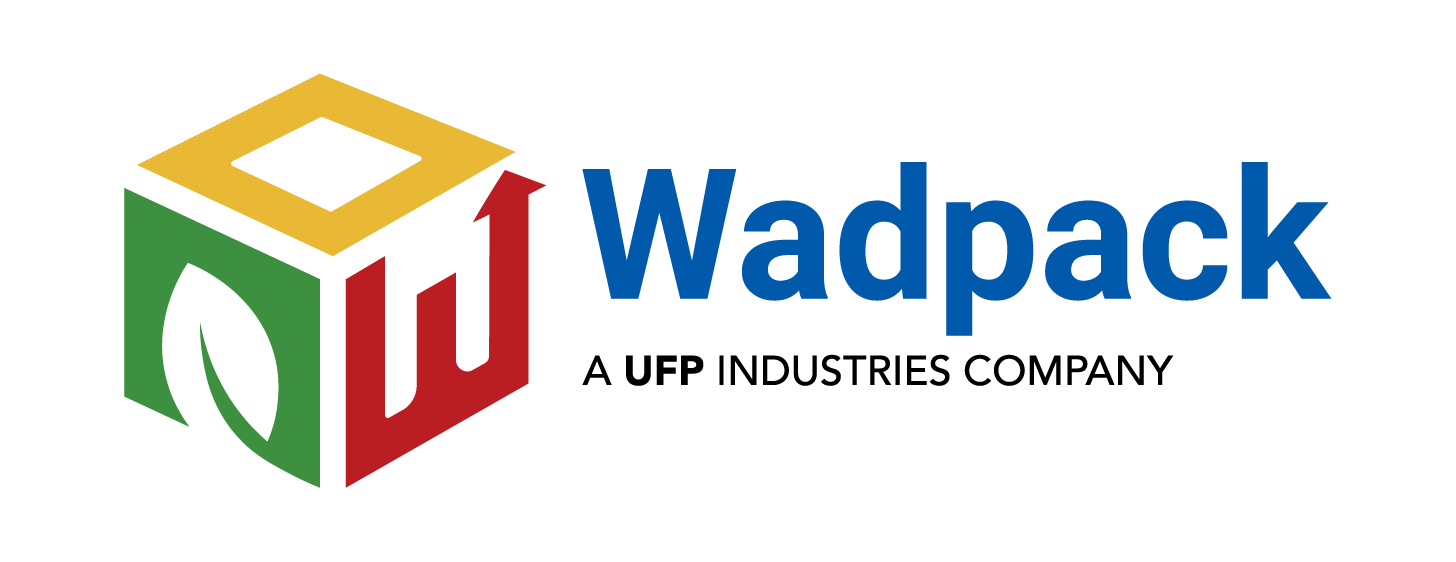
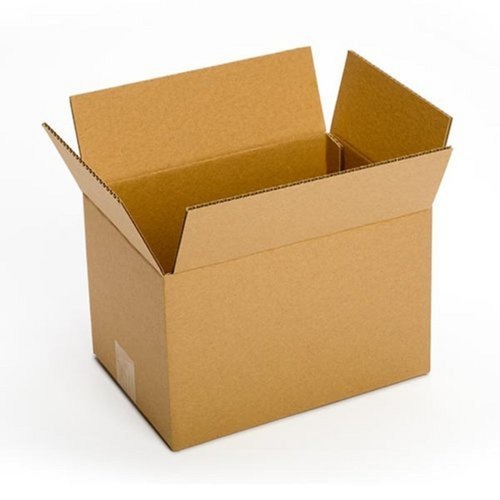


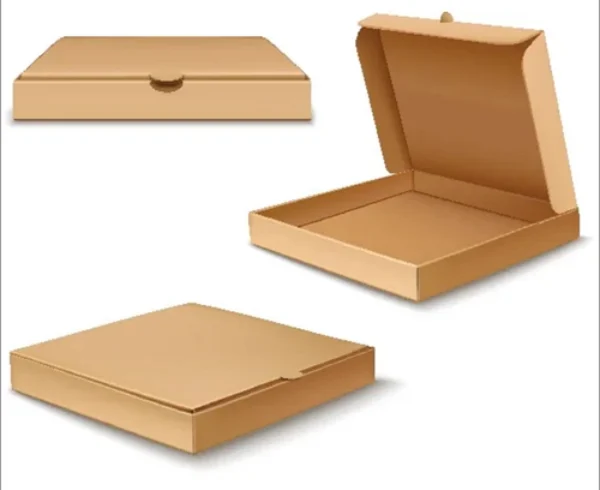
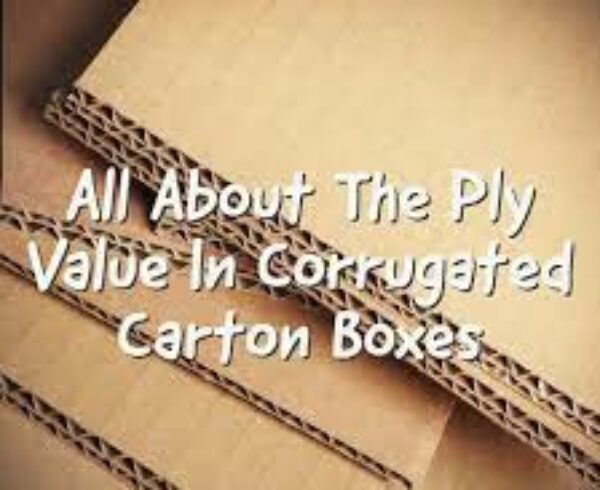
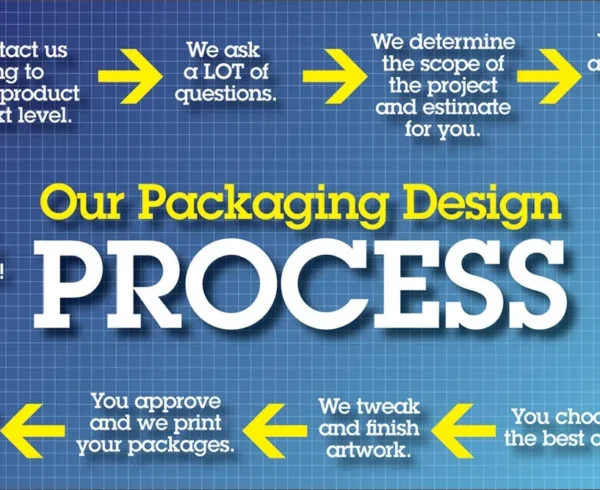
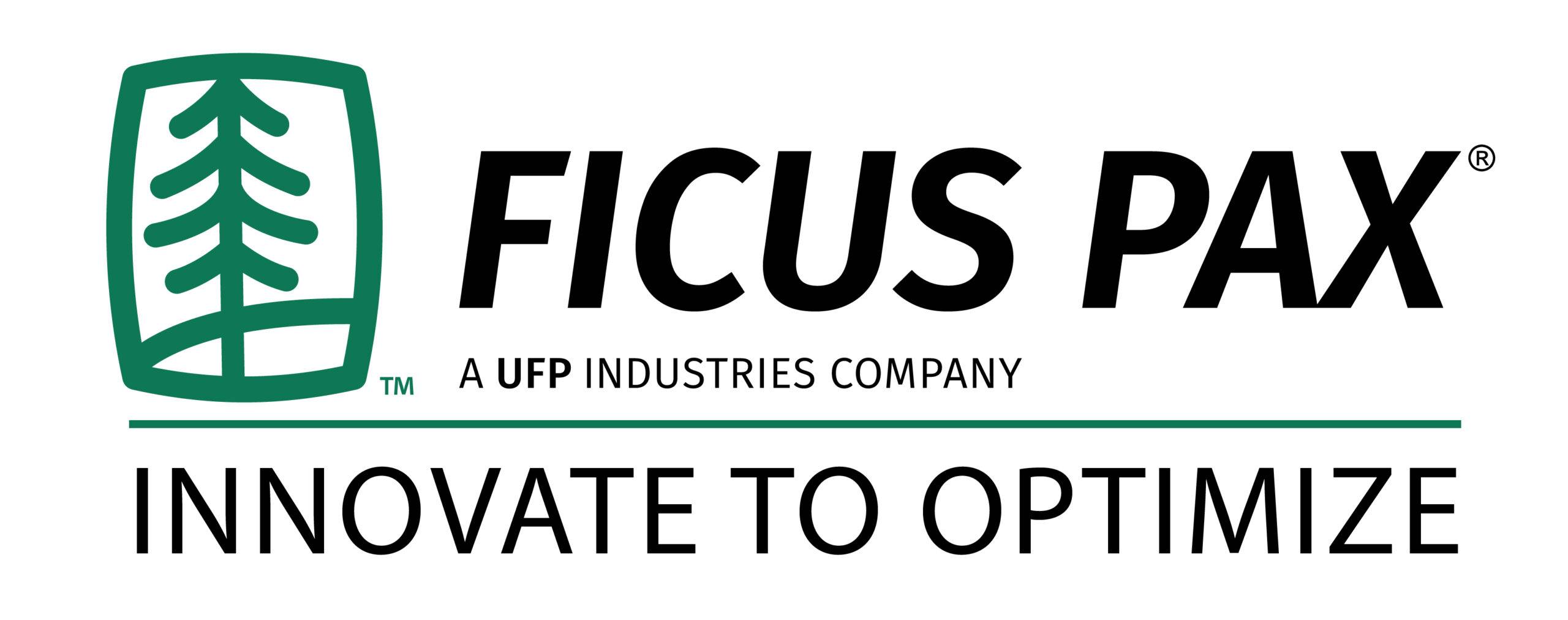
Leave a Comment